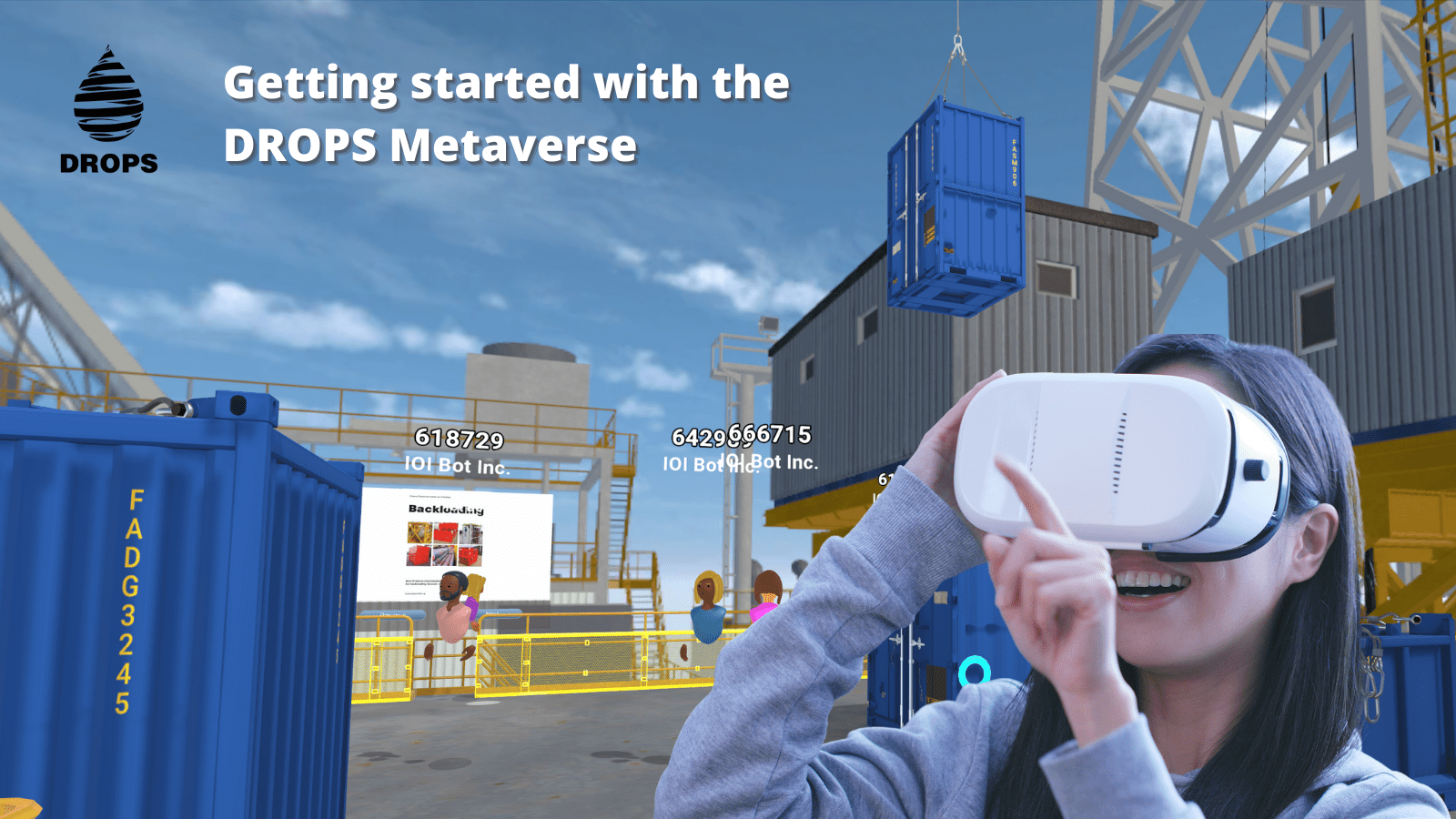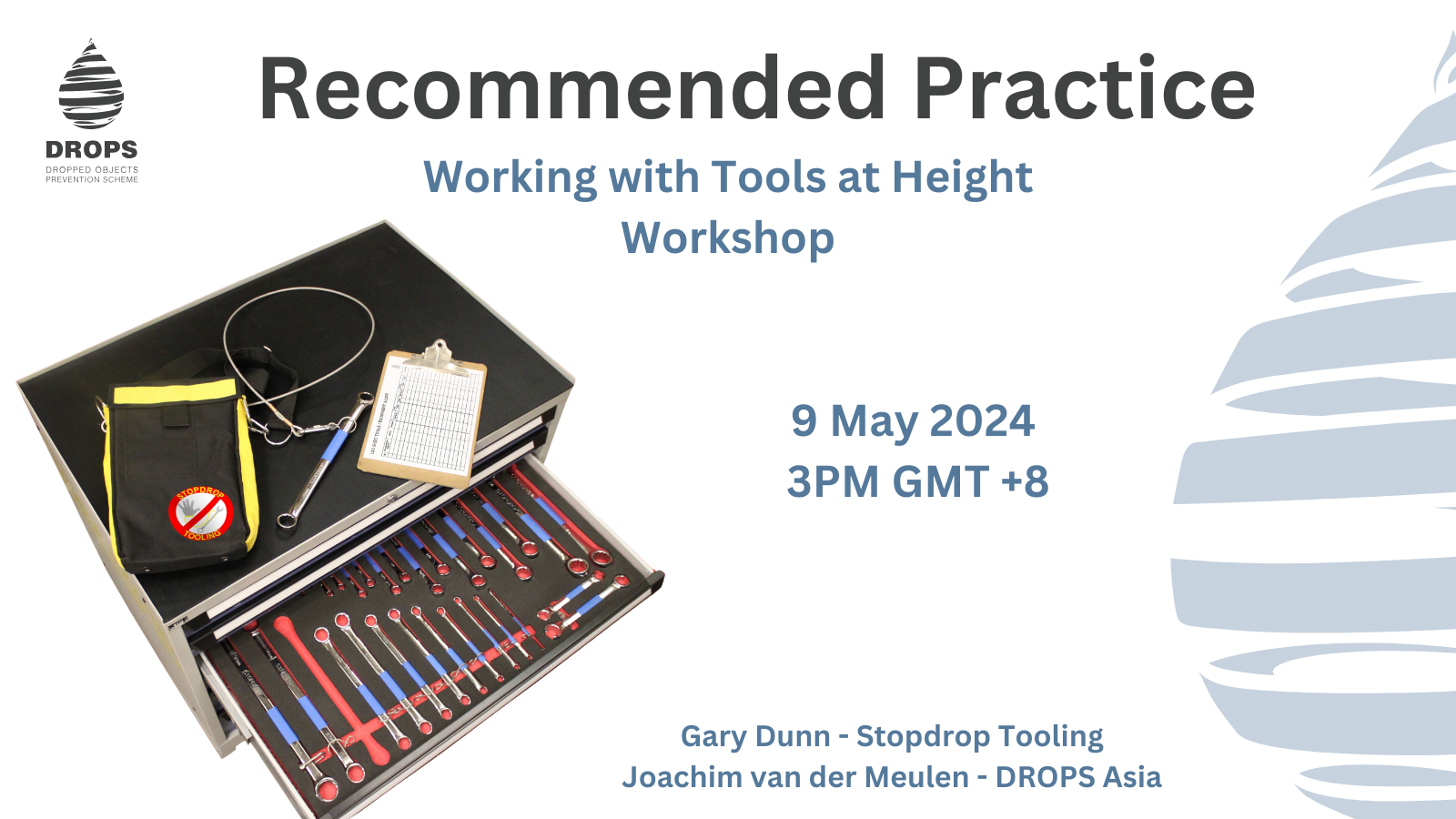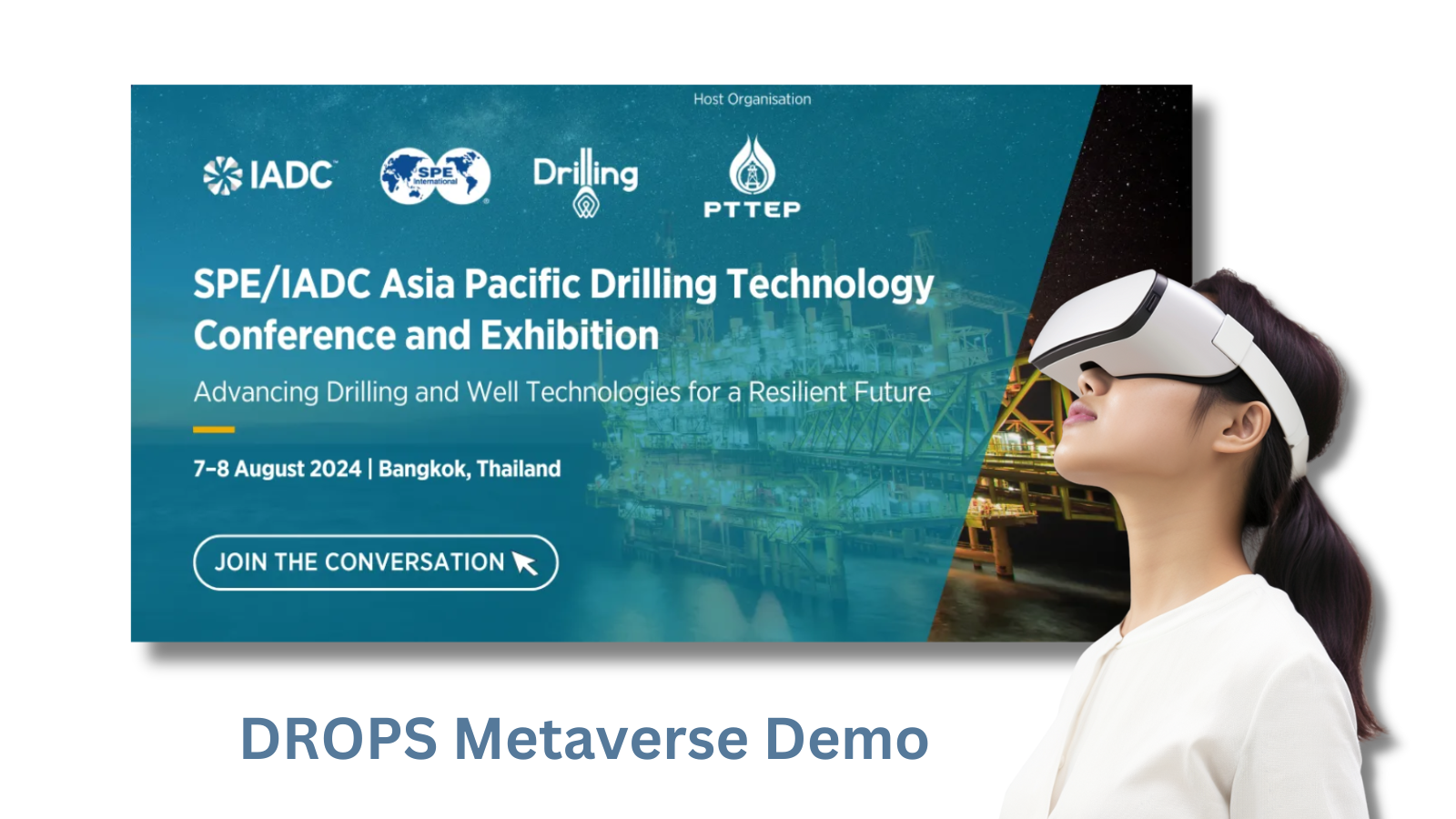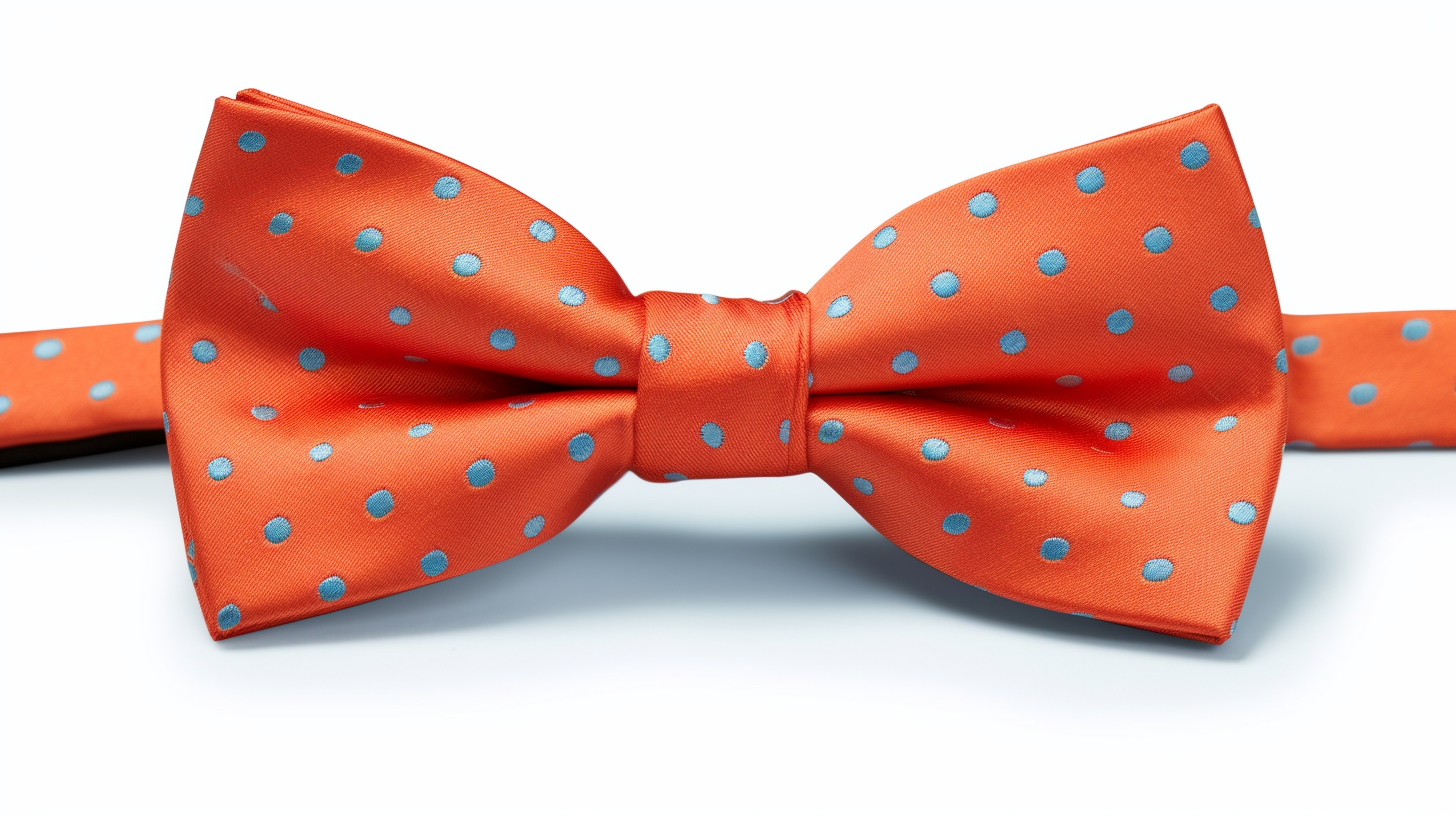Importance of DROPS Training
DROPS Training is crucial for a variety of reasons. It’s an important part of ensuring safety in industries where the risk of dropped objects is high, such as construction, manufacturing, oil and gas, and others. Here’s why DROPS training is so important:
- Reducing Risk of Injuries and Fatalities: Dropped objects, especially in industries that involve work at height, can cause serious injuries or even fatalities. Effective DROPS training can greatly reduce these risks by ensuring that all personnel are aware of the hazards and know how to prevent them.
- Maintaining Equipment Integrity: Regular inspections, a key part of DROPS training for inspectors, help ensure that equipment is in good working condition, reducing the likelihood of unexpected failures that could result in dropped objects. Understanding OEM (Original Equipment Manufacturer) specifications is crucial in maintaining equipment integrity.
- Promoting a Safety Culture: DROPS training helps promote a culture of safety in the workplace. When all personnel, regardless of their role, are trained to be aware of and mitigate dropped object risks, it sends a strong message that safety is a top priority.
- Compliance with Regulations: Many industries have strict regulations regarding workplace safety, and failure to comply can result in hefty fines or even shutdowns. DROPS training helps ensure that companies comply with these regulations by providing a structured approach to preventing dropped object incidents.
- Cost-Efficiency: By preventing accidents, DROPS training can save companies a significant amount of money in the long run. This includes direct costs such as repairs or medical expenses, as well as indirect costs like downtime, increased insurance premiums, and damage to the company’s reputation.
- Enhancing Operational Efficiency: When workers are confident that their workplace is safe, they can focus better on their tasks. This can lead to improved productivity and operational efficiency.
In summary, DROPS training is a crucial investment for any company that wants to ensure the safety of its employees, maintain compliance with regulations, enhance operational efficiency, and avoid the potentially high costs associated with workplace accidents.
DROPS Recommended Practice
DROPS Recommended Practice specifies three primary three primary types of training for different roles:
- Awareness Training: This is mandatory for all personnel exposed to dropped object risks. The training focuses on communicating expectations regarding bridging documents, as well as how to apply the Hierarchy of Controls to identified risks. The trainees’ competency is verified based on the company’s DROPS (Dropped Object Prevention Scheme) policies, and their training progress is tracked through the Company Training Matrix or a similar policy.
- Inspector Training: This is for personnel tasked with inspecting equipment. These individuals must demonstrate competence in understanding the function and inspection criteria of the equipment they inspect. This level of training requires a more advanced understanding than the Awareness Training, as well as familiarity with the Original Equipment Manufacturer (OEM) specifications of the specific equipment.
- DROPS Focal Point/Field Champion Training: This is for individuals who are recognized as subject matter experts by the company, either through their training, experience, or a combination of both. These individuals are responsible for supporting the full implementation of the company’s Dropped Object Prevention Scheme.
Each type of training caters to the unique roles and responsibilities of the personnel, thereby ensuring a comprehensive approach to mitigating dropped object risks in the workplace.
Methods of Delivering DROPS Training
DROPS training can be delivered through various methods, depending on the specific needs and circumstances of the organization. Here are the common methods of safety training adapted for DROPS:
1. Instructor-Led Training (ILT): Experts in DROPS training may provide in-person lessons and demonstrations, discussing scenarios related to dropped objects, demonstrating correct equipment handling and securing methods, and answering questions.
2. Online/E-Learning: Digital platforms could host interactive DROPS training modules, allowing employees to learn about the hazards and prevention strategies associated with dropped objects at their own pace. This may include video demonstrations, interactive quizzes, and 3D simulations.
3. On-the-Job Training: In a setting where DROPS is relevant, experienced workers or safety officers could provide real-time, practical training. This might involve demonstrating how to inspect and secure equipment, identify potential risks, and implement necessary preventative measures.
4. Safety Drills and Simulations: Simulated environments or scenarios can be used to illustrate potential dropped object incidents, allowing employees to practice their response, such as securing loose items, clearing the drop zone, and reporting the incident.
5. Toolbox Talks: Short, focused discussions can be held at the start of a shift or before a specific task, covering relevant DROPS issues such as the correct use of lanyards, tool tethering techniques, or the importance of regular equipment inspections.
6. Webinars and Video Demonstrations: Video materials or live webinars can effectively demonstrate correct procedures for preventing dropped objects, such as the correct way to secure tools at height, how to inspect equipment for wear and tear, and what to do in the event of a dropped object incident.
7. Certification Programs: Depending on the industry and the specific role of the employee, there may be formal DROPS certification programs. These programs would provide comprehensive training on all aspects of dropped object prevention and could involve both theoretical and practical assessments.
As with all safety training, the most effective DROPS training programs will likely involve a mix of these methods, tailored to the specific needs and circumstances of the organization and its employees. Regular refresher courses are also crucial to ensure that employees’ knowledge and skills are up to date.
Applying Learning Models to Enhance DROPS Training Effectiveness
Safety in the workplace, particularly in high-risk industries such as oil and gas, is paramount. Dropped Object Prevention Scheme (DROPS) training plays a crucial role in fostering a culture of safety by providing personnel with the necessary knowledge, skills, and attitudes to identify and mitigate the risks associated with dropped objects. But how can we ensure that this training truly leads to changes in behavior and practice? By incorporating proven learning models into the design and delivery of DROPS training, we can enhance its effectiveness and, ultimately, improve safety outcomes.
Understanding and Changing Attitudes: Bloom’s Taxonomy and Krathwohl’s Affective Domain
Bloom’s Taxonomy, a widely recognized learning model, categorizes learning into three domains: cognitive (knowledge), affective (attitude), and psychomotor (skills). In the context of DROPS training, we can use this model to ensure that we’re addressing all aspects of learning.
The cognitive domain can be targeted by teaching personnel about the risks of dropped objects, the potential consequences of dropped object incidents, and the procedures and practices for preventing such incidents. The psychomotor domain can be addressed through hands-on training in tasks such as equipment inspection and the correct use of safety securing devices.
However, to truly foster a culture of safety, we must also target the affective domain, which relates to attitudes, values, and emotional responses. This is where Krathwohl’s Affective Domain model comes in. By incorporating activities that prompt personnel to reflect on their attitudes towards safety and risk-taking, and by providing positive examples of safe behavior, we can encourage personnel to value safety and take ownership of their role in preventing dropped object incidents.
From Learning to Doing: The Competency-Based Learning (CBL) Framework
The Competency-Based Learning (CBL) Framework is another powerful tool for enhancing DROPS training. In a competency-based approach, learning is focused on the mastery of specific skills or competencies. In the case of DROPS training, these competencies might include the ability to identify potential dropped object hazards, to carry out equipment inspections, or to respond effectively to a dropped object incident.
By defining these competencies clearly and providing personnel with opportunities to practice and demonstrate them, we can ensure that they are not just acquiring knowledge, but also developing the skills and attitudes they need to apply that knowledge in their day-to-day work.
Making it Real: The Power of On-the-Job Training and Simulations
While classroom-based and online training can provide a solid foundation of knowledge, on-the-job training and simulations are particularly effective in fostering behavior change. They offer an immersive, realistic experience, allowing personnel to apply their learning in a context that closely resembles their actual work environment.
Simulations can also evoke emotional responses, making the potential consequences of unsafe behavior more tangible and emotionally resonant. This can motivate learners to adopt safer practices and can help to reinforce the importance of safety in a way that is far more powerful than theoretical learning alone.
Conclusion
By incorporating these learning models into the design and delivery of DROPS training, we can provide a more comprehensive and effective learning experience. The cognitive, affective, and psychomotor domains of Bloom’s Taxonomy ensure a holistic approach to learning, while the Competency-Based Learning Framework emphasizes the application of knowledge in real-world contexts. On-the-job training and simulations, meanwhile, offer a powerful means of fostering behavior change and improving safety outcomes.
In the end, the goal of DROPS training is not just to provide information, but to foster a culture of safety. By leveraging these learning models, we can create training programs that truly make a difference.
DROPS Train-the-Trainer & in-house Training
The DROPS Training and Awareness Course employs a “Train the Trainer” concept, which is a strategic method for disseminating knowledge and skills throughout an organization. This concept is particularly effective for cascading knowledge, as it empowers a select group of trained individuals to further train others within their own organization.
In this case, DROPS provides the training to Health, Safety, and Environment (HSE) trainers who become well-versed in all aspects of dropped object prevention. These HSE trainers, equipped with a thorough understanding of DROPS methodologies, terms, best practices, and risk assessment tools, then adapt and customize the DROPS training to suit their specific organizational needs.
The training package provided to these HSE trainers is designed to be flexible and editable. It includes an extensive collection of support materials such as documentation, presentations, photos, graphics, and other media files. These resources allow the trainers to modify and tailor the course to address the unique dropped object risks associated with their specific assets, locations, or operations. The result is a customized, in-house training program that accurately reflects the organization’s specific needs and circumstances.
This cascading model of knowledge transfer ensures that the principles and practices of dropped object prevention are disseminated widely and effectively throughout an organization. It also allows for the integration of DROPS methodologies with the organization’s existing safety culture and practices, thereby enhancing the overall effectiveness of the training.
Commercial DROPS Training
Training and inspection companies can use the DROPS Train-the-Trainer materials in combination with insights from their own inspections to deliver comprehensive and practical DROPS training in a variety of formats. Here’s how they might do this:
- Classroom Training: The Train-the-Trainer materials can be used to develop a curriculum for in-person training sessions. Trainers can supplement this material with real-life examples and case studies from their own inspection experiences. This helps learners to better understand the potential risks and preventive measures related to dropped objects.
- E-Learning: The Train-the-Trainer materials can be adapted to create online courses, modules, or webinars. These can be supplemented with photographs, videos, or diagrams from actual inspections to provide a more visual and engaging learning experience. E-learning offers the flexibility for learners to complete the training at their own pace.
- Zoom Training: Similar to e-learning, the Train-the-Trainer materials can be used to conduct live training sessions over Zoom or other video conferencing platforms. This format allows for real-time interaction between trainers and learners. Trainers can share their screen to show slides, videos, or inspection photos, and they can also host live Q&A sessions or discussions.
- On-the-Job Training: This type of training allows for direct, hands-on learning in the actual work environment. Trainers can use the Train-the-Trainer materials as a guide, while incorporating practical demonstrations based on their inspection knowledge. For example, they might show learners how to properly inspect equipment for potential hazards, or demonstrate the correct way to secure objects at height.
In all of these formats, the combination of DROPS materials and real-world inspection knowledge provides a robust and comprehensive training experience. The DROPS materials provide the foundational knowledge, while the inspection insights offer practical, context-specific examples of the risks and preventive measures. This combination helps to ensure that the training is not only informative, but also relevant and applicable to the learners’ daily work.

















